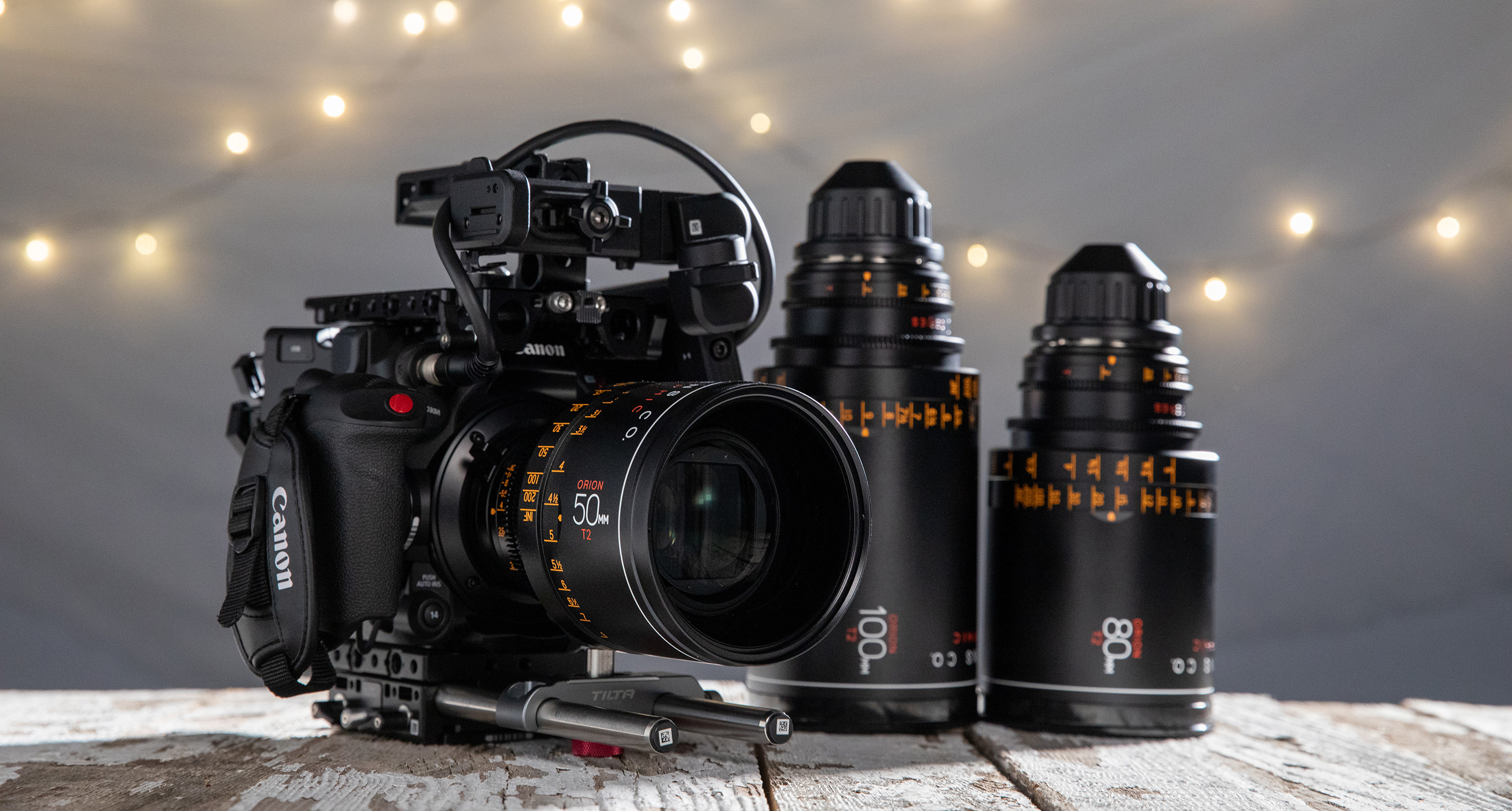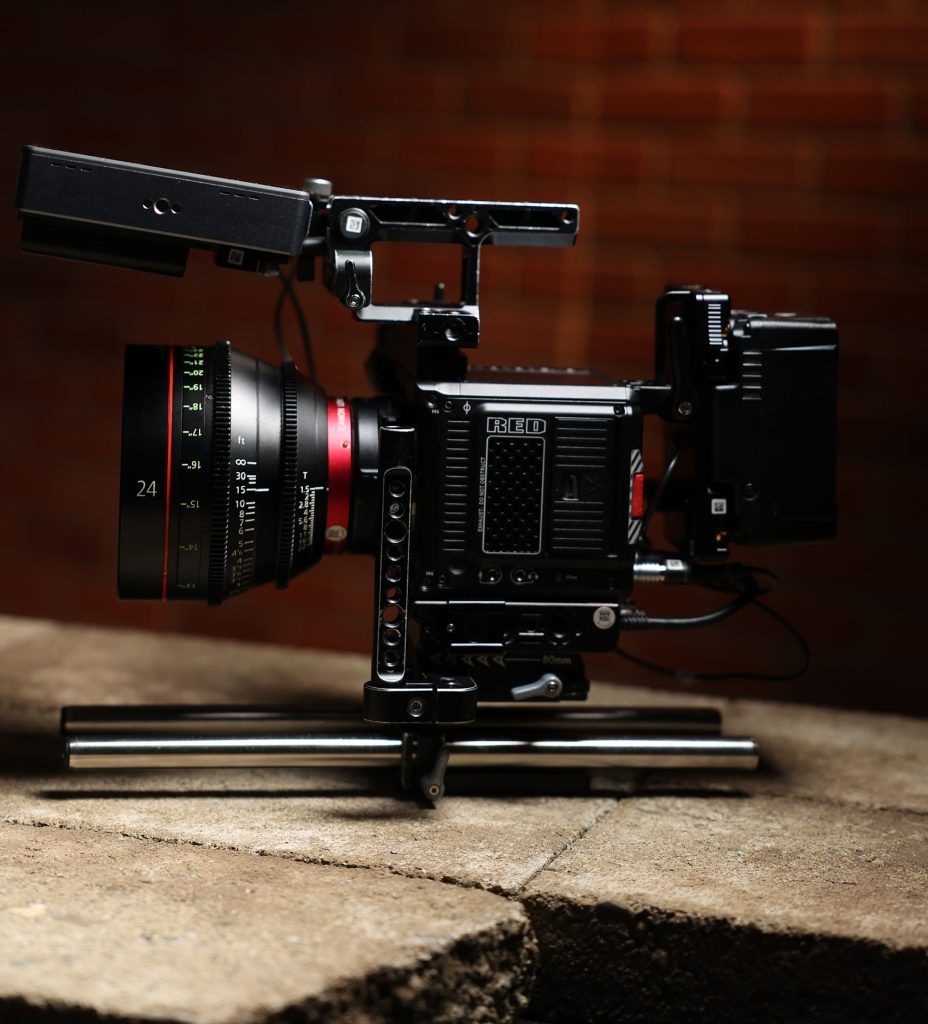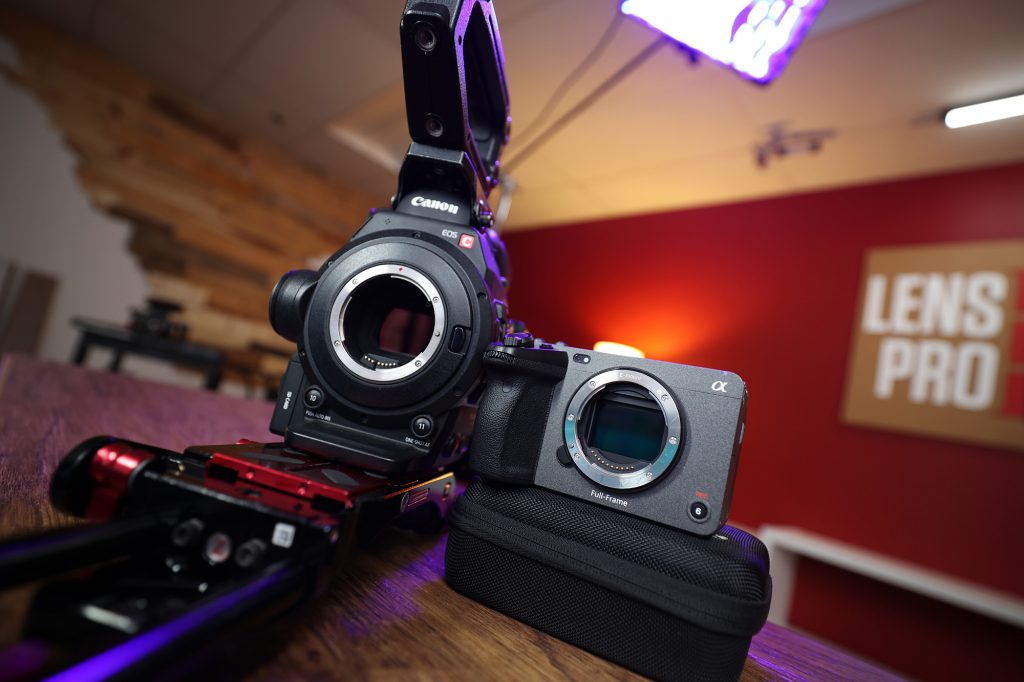Equipment
What Netflix’s Approved Camera Attributes Mean and Which of Our Cameras Qualify

As our video services have grown over the last few years, we’ve gotten more and more questions about which of our cameras are “Netflix-approved.” While plenty of companies might have unspoken preferences about the quality and format of media they produce, few have gone as far as Netflix in defining those preferences. For better or worse, Netflix exerts a ton of technical control over projects created for their platform, and, for some, the intricacies of those requirements can be challenging to navigate. So, here’s a brief explainer about what Netflix’s requirements are, what they mean for your shoot, and which of our cameras qualify.
First, though, keep in mind that these requirements are a good reference point even if you’re not producing a project specifically for Netflix. At the same time, they might be more upfront than most about their technical specifications, quality matters everywhere. Knowing what’s acceptable to one of the biggest media companies in the world will help you figure out what to aim for on your own projects, even if they’re just going to YouTube.
Resolution
Minimum of 3840 photosite capture width (spherical)
The resolution requirement is probably both the simplest to understand and the easiest to accomplish. A minimum 3840 photosite capture width simply means that your capture resolution must be at least 3840 pixels at its widest point. The vertical resolution will depend on your aspect ratio, but for 16:9 the likeliest capture resolution for most projects will be 3840×2160, also known as UHD 4K. I’m sure plenty of Netflix projects shoot at higher resolutions than this, but Netflix doesn’t recommend shooting anything lower. Luckily, 3840×2160 resolution is a pretty easy requirement to meet. Just about every non-specialized video camera made in the last five or so years will support this standard.
It’s important to note, too, that 3840 horizontal resolution is Netflix’s recommendation for spherical production only, “spherical” here meaning “as opposed to anamorphic.” Since anamorphic images are stretched along their vertical axis in post-production, a project shot using anamorphic lenses will require more horizontal resolution than a project shot on spherical lenses. Cameras on Netflix’s approved list that meet this higher resolution requirement are noted as “approved for anamorphic capture.”
Codec and Bit Depth
Lightly compressed or uncompressed RAW
Or intra-frame based codec with 4:2:2 chroma sub-sampling or greater
Bit depth: 10-bit or greater
Here’s where it might start to seem complicated to beginners, but these codec requirements should also be relatively easy to fulfill. RAW, which you may already be familiar with, is entirely uncompressed information gathered straight from the sensor. This uncompressed data is available from some cameras, such as Blackmagic, and some external recorders. It’s a lot of information, though, and not all of it is needed outside of specialized uses, so many cameras now support compressed RAW. Different manufacturers have different names for their particular flavors of compressed RAW (REDCODE, Canon Cinema RAW Light, Apple ProRes RAW, etc.) but the basic idea is the same: a lightly compressed RAW codec that allows the flexibility of a RAW post-workflow without the unmanageable file sizes of fully uncompressed RAW.
Netflix will also accept an “intra-frame based codec with 4:2:2 chroma sub-sampling or greater” as long as it has a bit depth of “10-bit or greater.” Again, this might sound like technobabble to someone unfamiliar with these standards, but these are pretty easy qualifications to meet. While a full explanation is more than we have room for here, almost any video camera currently available for rent from us, including plenty that doesn’t appear on Netflix’s approved list, will shoot a 10-bit 4:2:2 codec. And if you really want to understand what these terms mean, here’s a detailed explainer we published a few years ago. For approved cameras, Netflix helpfully recommends which specific codec to use.

Data Rate
Minimum 240Mbps at 24FPS
To start by translating these abbreviations, this means your Netflix-approved project will need to be shot at a data rate of at least 240 megabits per second at 24 frames per second. Your data rate is exactly what it sounds like: a measure of the amount of data per second in your video. And it’s a result of all of the above image settings. The resolution, frame rate, codec, and bit depth will all affect your data rate, and if they’re all up to Netflix’s standards, you’re likely not going to have to worry about meeting the 240Mbps minimum. Specs are available from most manufacturers detailing the data rates of their various codecs at particular shooting settings. Let’s reference Sony’s X-OCN chart here because that codec is Netflix approved and Sony used some nice colors.
As you can see, when shooting X-OCN (compressed RAW), even the most compressed version of the codec well exceeds the minimum data rate at 4K. Non-RAW intraframe codecs like XAVC and ProRes don’t even begin to approach minimum data rates until they’re pretty heavily compressed. Long story short, data rate likely isn’t something you’re going to need to worry about if you’re meeting Netflix’s other requirements, but you can always double-check manufacturers’ spec sheets if you’re concerned.

Color Space and Transfer Function
Scene-referred Color Space (S.Gamut3, ALEXA Wide Gamut, REDWideGamut, etc.)
Scene-referred Transfer Function (Slog 3, Log C, Log3G10, Vlog, etc.)
These requirements are all about two things:
- Ensuring that all footage is shot in a format that preserves as much dynamic range as possible for color correction
- Ensuring a color-managed workflow, meaning color remains accurate across every screen and delivery method throughout the post-production process
Netflix has a really helpful video about this on their Technology Resources YouTube channel. Basically, it boils down to this: use a log profile to capture the greatest dynamic range possible on set, then use an industry-accepted output transform (or LUT) to make that image viewable without misrepresenting colors.
Netflix’s recommended process for managing this workflow is ACES, which stands for Academy Color Encoding System. Using multiple technologies across multiple different platforms, an ACES workflow will ensure accurate color and a wide dynamic range throughout the production pipeline. More technical information about ACES is available here.
Timecode
System is capable of jamming to an external source
Timecode should be written as metadata
The last requirement we have to cover may be the eliminating factor for many low and mid-budget cameras that meet Netflix’s other qualifications. Unfortunately, timecode just isn’t a common feature on smaller handheld video cameras. Netflix does note, however, that they’re a little less stringent about these requirements on non-fiction productions. In their “Best Practices for Non-approved Cameras” guide they note that recording timecode onto an audio track can be acceptable. This workaround can be accomplished with a Tentacle Sync on any camera with a 3.5mm audio input, so it’s good to know that low-budget documentary filmmakers might have an option.
Which of Our Cameras Are Netflix Approved?
It’s important to note that not every camera that meets these qualifications is officially “Netflix Approved.” They do apparently in-depth internal testing before adding cameras to this list, so many newer models and more obscure manufacturers aren’t represented. New cameras get added to the list all the time. So, what follows isn’t a list of all the cameras we carry that meet Netflix’s requirements, but a list of the cameras we carry that are actually, currently, officially, categorically, metaphysically, Netflix Approved.
|
|
|
|---|---|
| ARRI Alexa LF | |
| ARRI Alexa Mini LF | |
| Canon C500 Mark II | |
| Canon C700 | |
| Sony FX9 | |
|
Sony FS7M2 |
|
|
Sony FX3 |
|
|
Sony Z750 |
|
|
Sony FR7 |
|
That’s it! 31 cameras as of publishing time, and I’m sure the list will change as time goes on. We may even have to write an update one of these days. Again, even if you’re not shooting a project specifically for Netflix, this is very helpful information to have. Netflix’s recommendations can generally be seen as best practices for shooting anything. Their camera guides are helpful cheat sheets for the best settings on any number of cameras, and even their list of non-approved cameras is a wealth of information on how to get the most out of whatever you’re working with. All in all, there’s plenty to learn here regardless of where your project is going to end up.
Related Reading
- The 2022 Guide to Video Batteries
- What Sensor Size is Best for You as a Videographer?
- A Look at the RED Ranger 8K Production Camera
- RED Weapon Helium 8K S35 Hands-on or: DSMC2 and You
Author: Ryan Hill
My name is Ryan and I am a video tech here at Lensrentals.com. In my free time, I mostly shoot documentary stuff, about food a lot of the time, as an excuse to go eat free food. If you need my qualifications, I have a B.A. in Cinema and Photography from Southern Illinois University in beautiful downtown Carbondale, Illinois.-
Ryan Hill
-
scht ggl
-
Mike Aubrey
-
Ryan Hill
-
Fazal Majid
